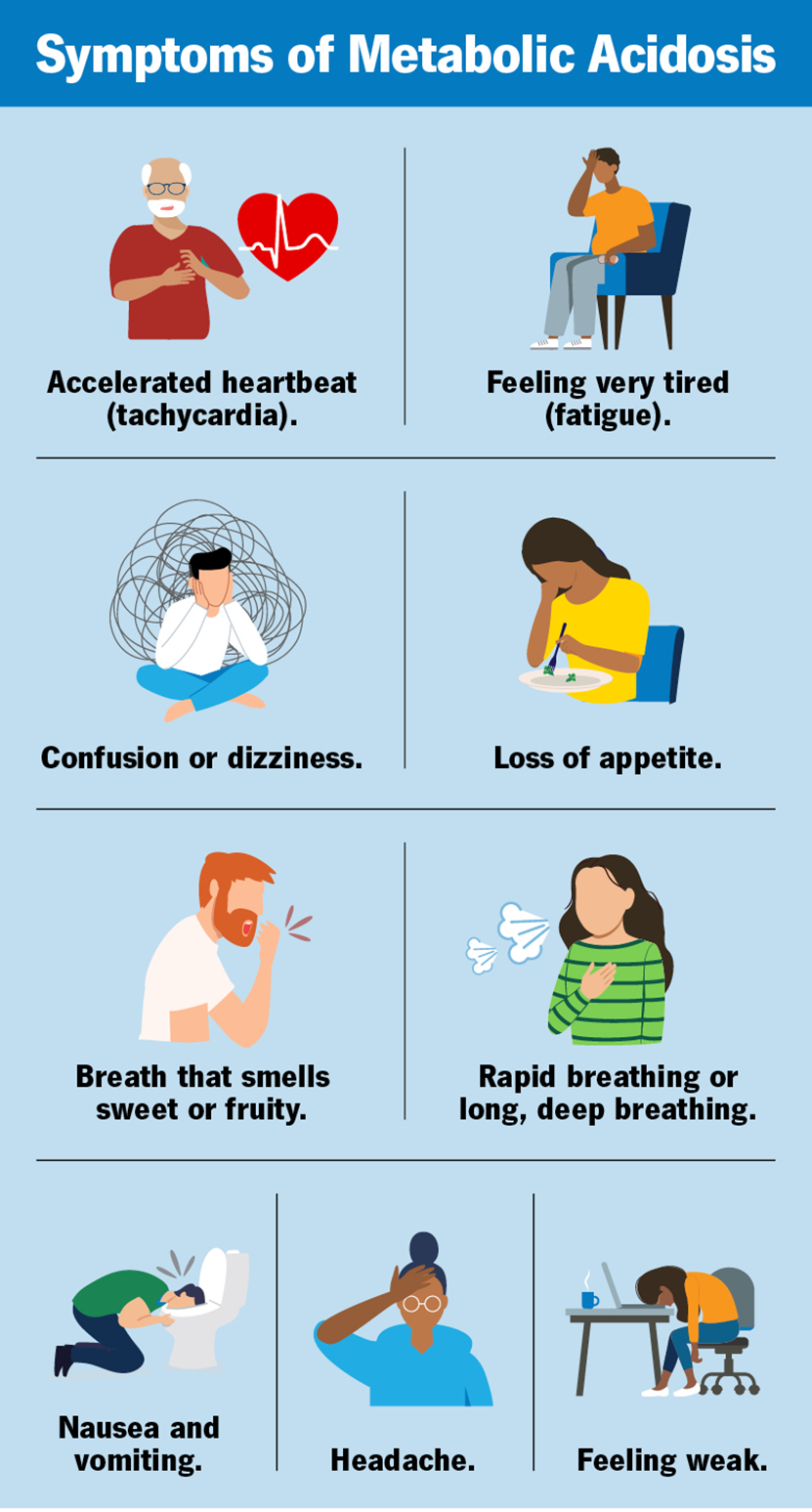A nurse is teaching a class about palliative care. The nurse should include that which of the following is the focus of palliative care?
Prolonging the life of a client.
Controlling symptoms and providing comfort.
Replacing other treatments for an illness.
Curing a serious illness.
The Correct Answer is B
Choice A Reason:
Prolonging the life of a client is not the primary focus of palliative care. While palliative care can sometimes extend life by improving overall well-being and reducing stress, its main goal is to enhance the quality of life by managing symptoms and providing comfort12. Palliative care is not primarily aimed at life extension but rather at ensuring that patients live as well as possible despite their illness.
Choice B Reason:
Controlling symptoms and providing comfort is the core focus of palliative care. This type of care aims to alleviate pain and other distressing symptoms, such as nausea, shortness of breath, and fatigue12. Palliative care also addresses emotional, social, and spiritual needs, helping patients and their families cope with the challenges of serious illness. By focusing on comfort and quality of life, palliative care supports patients in living as fully as possible.
Choice C Reason:
Replacing other treatments for an illness is not the focus of palliative care. Palliative care is designed to complement, not replace, other medical treatments12. It can be provided alongside curative or life-prolonging treatments, offering additional support to manage symptoms and improve quality of life. The goal is to provide a holistic approach to care that addresses all aspects of a patient’s well-being.
Choice D Reason:
Curing a serious illness is not the aim of palliative care. Palliative care is appropriate for patients at any stage of a serious illness, whether or not a cure is possible12. Its primary focus is on symptom management, comfort, and quality of life, rather than on curing the illness. This approach helps patients and their families navigate the complexities of serious health conditions with greater ease and support.
Nursing Test Bank
Naxlex Comprehensive Predictor Exams
Related Questions
Correct Answer is C
Explanation
Choice A Reason:
A pureed diet consists of foods that are blended to a smooth consistency. This type of diet is typically recommended for clients who have severe swallowing difficulties or are at risk of aspiration. While it can be easier to consume for those with significant dental issues, it may not provide the variety and texture that a mechanical soft diet offers, which can be more satisfying and nutritionally adequate for someone with multiple cavities and missing teeth.
Choice B Reason:
A soft diet includes foods that are easy to chew and swallow but are not necessarily blended or pureed. This diet is often recommended for clients recovering from surgery or those with mild chewing difficulties. However, for a client with multiple cavities, chipped, and missing teeth, a soft diet might still pose challenges in terms of chewing and could lead to discomfort or inadequate nutrition.
Choice C Reason:
A mechanical soft diet is specifically designed for individuals who have difficulty chewing but do not require pureed foods. This diet includes foods that are easy to chew and swallow, such as ground meats, cooked vegetables, and soft fruits. It provides a balance of texture and nutrition, making it the most appropriate choice for a client with multiple cavities, chipped, and missing teeth. This diet helps ensure the client can eat comfortably and maintain adequate nutrition.
Correct Answer is C
Explanation
Choice A Reason:
Hyperkalosis is incorrect. Hyperkalosis refers to an elevated level of potassium in the blood, which is not directly related to the pH level. While hyperkalemia can occur in acidosis, it is not the primary condition indicated by a low pH
Choice B Reason:
Hyponatremia is incorrect. Hyponatremia refers to low sodium levels in the blood. It does not directly affect the pH level and is not indicated by the pH value provided.
Choice C Reason:
Acidosis is correct. The normal pH range for arterial blood is 7.35 to 7.45. A pH of 7.10 is below this range, indicating that the blood is too acidic. This condition is known as acidosis.

Choice D Reason:
Alkalosis is incorrect. Alkalosis refers to a condition where the blood pH is higher than the normal range, indicating that the blood is too basic. A pH of 7.10 is too low, not too high, and therefore indicates acidosis.
Whether you are a student looking to ace your exams or a practicing nurse seeking to enhance your expertise , our nursing education contents will empower you with the confidence and competence to make a difference in the lives of patients and become a respected leader in the healthcare field.
Visit Naxlex, invest in your future and unlock endless possibilities with our unparalleled nursing education contents today
Report Wrong Answer on the Current Question
Do you disagree with the answer? If yes, what is your expected answer? Explain.
Kindly be descriptive with the issue you are facing.
